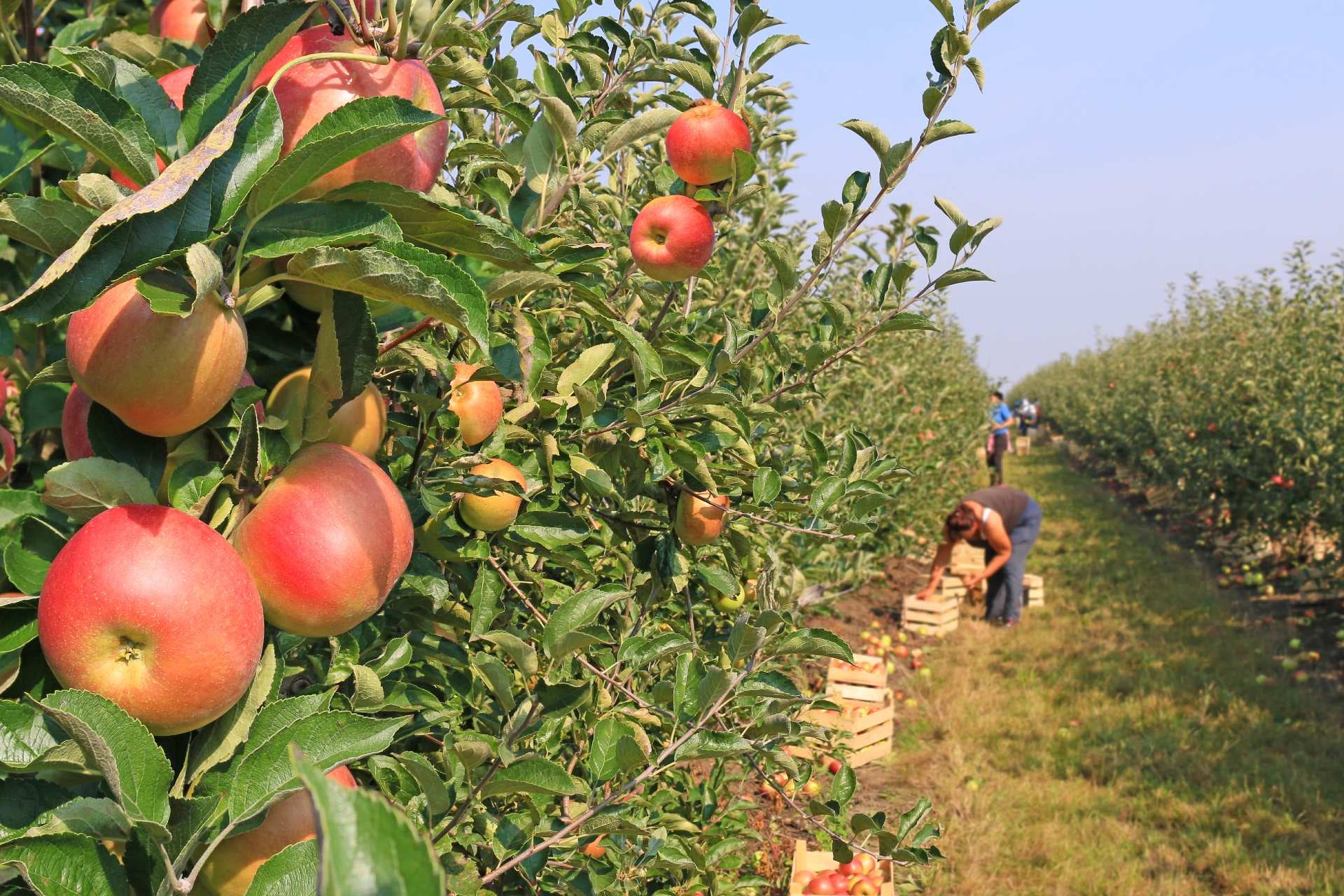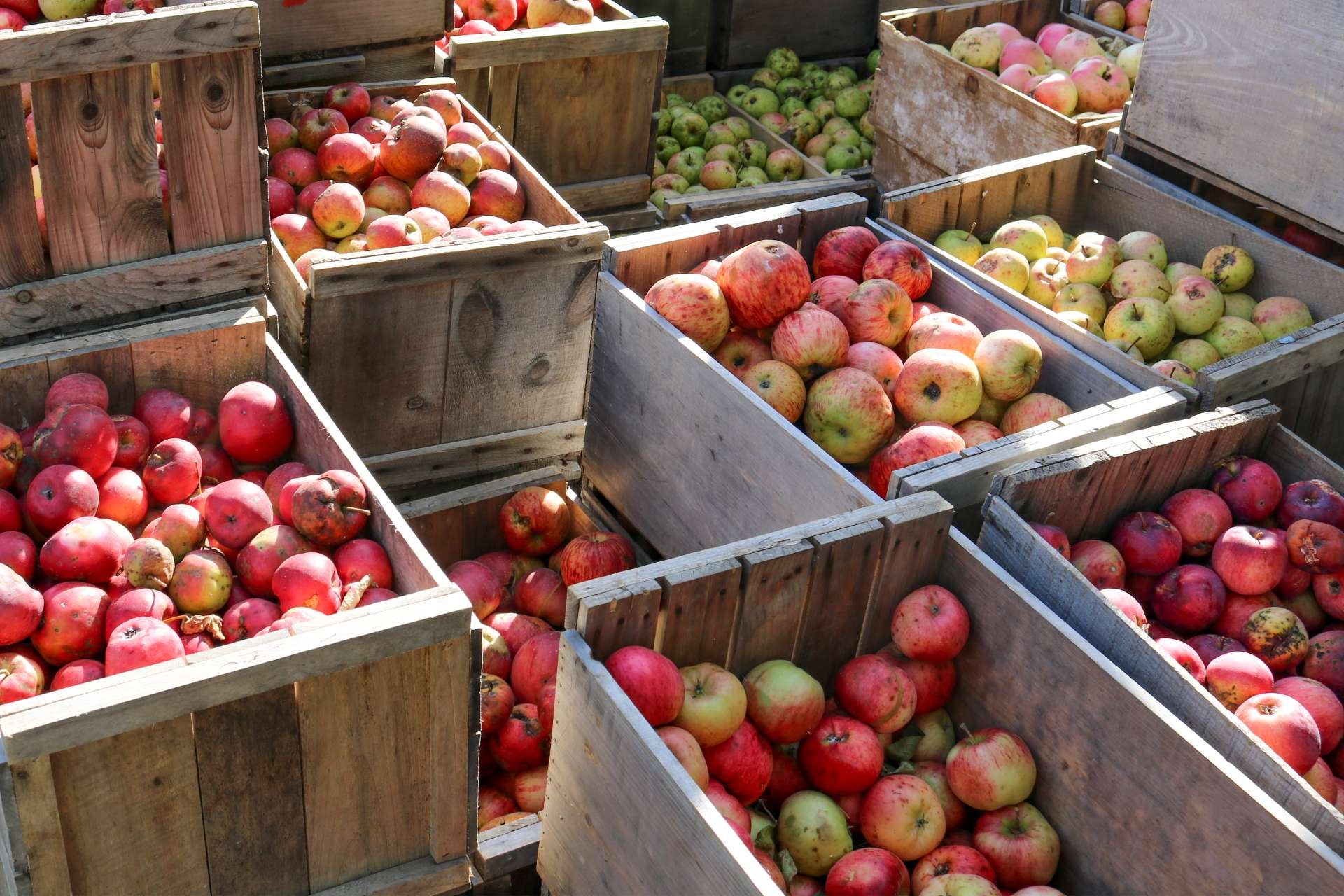As October approaches, the temperature begins to cool, the leaves change colour, and many of us look forward to a classic autumn treat: apple picking. This exciting activity is almost guaranteed to get you in the festive spirit. We have gathered some helpful picking tips for your wholesome, fun, family-friendly getaway, plus a few suggestions on how to store your just-picked, perfectly ripe apples correctly for maximum freshness.
Make sure you store your apples correctly to prolong their shelf life. Here are some tips you might find helpful.
- After apple picking, your fruit can be stored for weeks. The first step is to remove any bruised or damaged apples – they will cause other nearby apples to deteriorate more quickly. Keep only apples that still have their stalks and don't appear rotten or eaten by insects.
- For apples you plan to eat right away, keep them in a bowl on the counter for a few days. Otherwise, store them in the refrigerator. Place the fruit in perforated plastic bags to increase humidity and allow airflow.
- When not stored in a refrigerator, apples should be kept in a dark place with a temperature of around 40°F (4°C). Make sure that they get enough air to prevent mould growth. An excellent way to do this is to store them in wooden crates in one layer.
- Keeping the apples moist prevents them from drying out – ensure this by regularly placing a bowl of water on the fruit crates. Garages and cellars are excellent storage spaces.
- If you intend to store your apples outside – in a shed, for instance – you must avoid frost.
- Most summer apples, such as the Elstar, shouldn't be stored for longer than three weeks. Autumn apples, such as Boskoop, can be kept for up to eight weeks without losing flavour. Winter apples, such as Jonagold and Gloster, can be stored for up to three months without losing their unique aroma.













